#aenocyon dirus
Text

Portrait of Aenocyon dirus, a canid species that terrorized much of the Americas and East Asia during the Pleistocene.
#paleoart#paleontology#aenocyon dirus#aenocyon#dire wolf#dire wolves#pleistocene#pleistocene megafauna#pleistocene north america
16 notes
·
View notes
Text
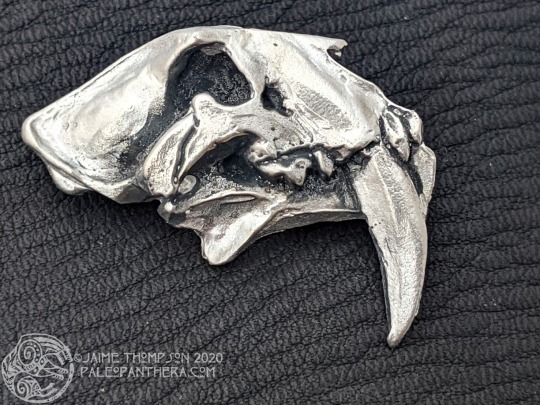

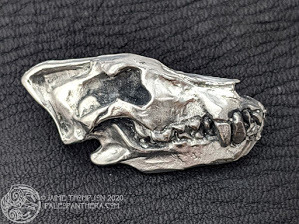

Paleo skull pins! Smilodon, cave lion (P. spelaea), dire wolf (recently discovered as a highly adapted dog not a wolf, Aenocyon dirus), and cave bear (U. spelaeus). I made these by sculpting the originals in monster clay and casting them in Britannia pewter; they each have two posts so they don't spin. They about 1.25" long and look badass on lapels. It's a pity these specific pins don't sell that well because they're one of my favorite creations.
#paleo#palaeo#palaeosinensis#paleo panthera#paleopanthera#panthera#panthera spelaea#cave lion#smilodon#sabre tooth tiger#dire wolf#canis dirus#aenocyon dirus#pewter#metalsmith#ursus spelaeus#cave bear#ice age#paleolithic#pins#handmade#art#artist#small artist#artist on tumblr
27 notes
·
View notes
Photo

Worthy Descendants by Greer Stothers.
#please don't remove credit!#queue#cat art#dire wolf#aenocyon dirus#velociraptor#science#saber tooth#illustration#cute art#animal art#dog art#puppy art#bird art
16 notes
·
View notes
Text
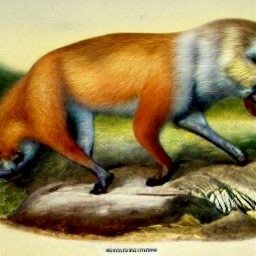

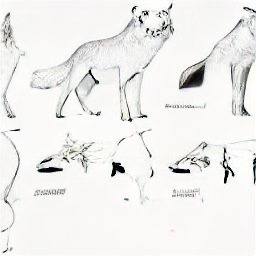
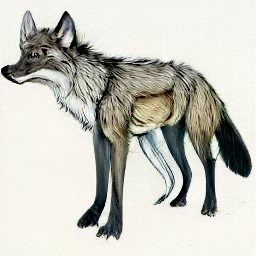
Aenocyon dirus via Craiyon
9 notes
·
View notes
Photo
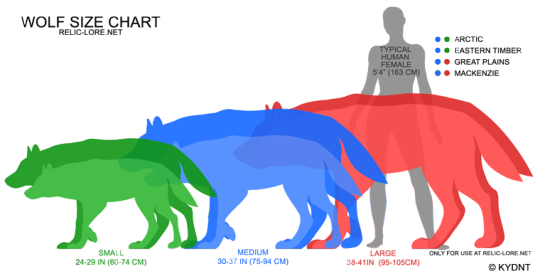

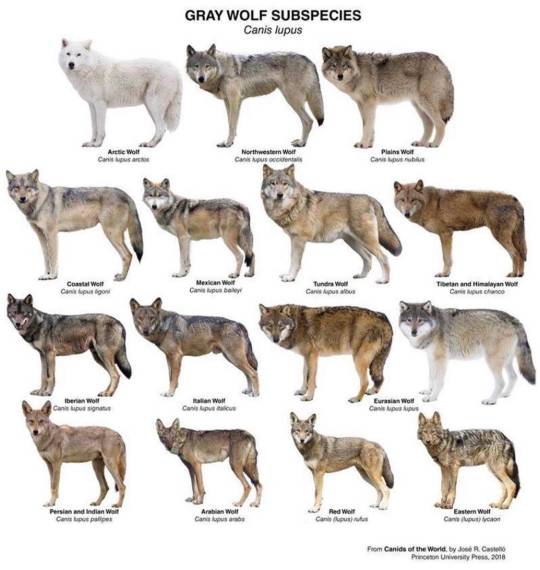

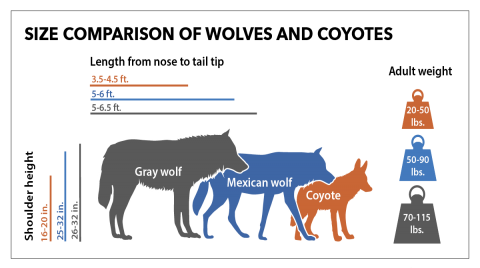

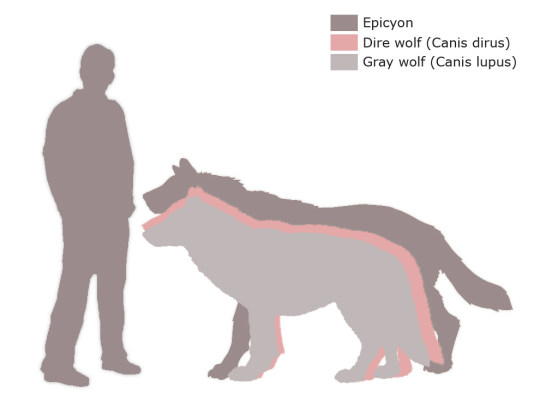
what if I uhhhhh *hyperfixates*
x x x x x x x
***pssst! remember that dire wolves (Aenocyon dirus) were only about as big as the bigger gray wolf subspecies. They were not wolves, in fact, and evolved separately in the Americas rather than Eurasia! This information is as recent as early 2021, which is why you may not have known
sources on that: x x x x x x
#i gotta stop fugckin contemplating making ANOTHER hyperfixation side blog#when the fixation recedes again it'll just go dead for awhile and then i'll contemplate deleting it like i always do!!!!!!!#wolves#aenocyon dirus#dire wolf#Iberian wolf#canis laTRANS rights 😌
9 notes
·
View notes
Text

Fun fact: Dire wolves were actually not wolves, as a study in 2021 shows this large and very common Pleistocene dog was actually part of its own genus, Aenocyon, not Canis. Some of its modern day relatives are notable for more reddish fur and even within Canis the integument can vary quite a bit. That's why I showed the animal here not as wolf like as it is usually depicted.
504 notes
·
View notes
Photo

Dire Wolf (Aenocyon dirus)
Patreon • Ko-fi • Facebook • Twitter • Prints & Merch
1K notes
·
View notes
Text
okay so moth asked about breaking dawn werewolf sizes, and so here's a brief explanation as best as i can manage:

The orange wolf represents a dire wolf, or Aenocyon dirus, in comparison to an approximately 6 foot tall human. These fuckers were the biggest wolves to ever live at about 3'9 at the head.
They're also about the same size as a small werewolf. Bigger than normal wolves, but small for their species. Think Quackity Wolf from chapter three. (For reference, a Great Dane dog would be bigger than the biggest real world wolf.)
But BIG wolves? Those can easily reach the same level as the ones from Twilight, especially European werewolves because their bodies evolved to get used to more open plains than forests. You need to be smaller to get through a rainforest, for example, so Forever Wolf is bigger than, say, Missa Wolf. Meanwhile Spreen Wolf would probably be at least bear sized, if not larger (I haven't decided yet) because a lot of Argentina is kinda just. Flat. If that makes sense
(Because I'm a huge biology nerd, I've decided that Darwinian evolution applies to the supernatural.)

^ a Twilight werewolf, which would probably be Forever Wolf sized
I hope that makes sense?
75 notes
·
View notes
Note
I'm scared to share Wolf Fun Facts because I'll feel stupid (or like im treating you like YOU'Re stupid) if you already knew the fact 😓 here goes nothing...
it's actually a Not wolf fun fact but in early 2021 genetic analysis suggested that the "dire wolf" may closely match gray wolves anatomically because they just so happened to both evolve that way... independently of each other.
To note: the average "dire wolf" was the same size as the bigger subspecies' of gray wolves today-- their size is greatly exaggerated in fantasy. They didn't have identical proportions to wolves however; with larger skulls, thicker necks, and smaller paws.
"Dire wolves" and ancient gray wolves were not related-- the "dire wolf" is not even of the genus Canis.
Its updated name is Aenocyon dirus, which was actually proposed but largely rejected as its name 100 years before its recent revival and acceptance, and multiple subspecies have been identified. Its closest living relatives are African jackals, and many paleoartists color and pattern Aenocyon dirus similarly due to their apparent shared niche in warm regions.
They preyed upon a few select megafauna, whereas gray wolves hunted a variety of animals that were usually not as large and were more omnivorous-- this is regarded as the reason for the skeletal (and presumably muscular) differences between the two species.
This is also regarded as one reason as to why wolves survived the ice age and Aenocyon did not-- they were better able to adapt with the mass extinction of megafauna as the last glacier period receded because they were already more flexible in their diets. Skeletal evidence demonstrates increasing malnutrition in "dire wolves" over time.
Locations and frequencies of fossils, alongside the close anatomical match, still suggest that "dire wolves" lived similar lifestyles in similar social structures to gray wolves, though in larger packs, despite differences.
Their closest common ancestor evolved in the Americas around 6 million years ago-- for reference on how far removed that ancestor is, the oldest known Aenocyon fossil is 0.25 million years old. One population migrated to Eurasia and the other remained in America. The Eurasian population came to yield the ancient gray wolves from which the modern gray wolf is descended. The American population, meanwhile, gradually gave rise to the "dire wolf".
One (1) "dire wolf" fossil has been found in Asia, suggesting that a very small population of them migrated from the American continents.
A population of the gray wolves eventually migrated to the Americas and lived in loose competition with Aenocyon until the latter went extinct.
Also, another canid called Xenocyon entered North America just before the emergence of "dire wolves" and was the same size, but their fossils on the continent are rare, suggesting Aenocyon very quickly outcompeted them. Xenocyon would later bring about dholes and African painted dogs in Eurasia and Africa.
here's to hoping you didn't know at least something here because much of it is very recent 🥂
!!! i didnt know ANY of that! woah!! convergent evolution is awesome. i always just assumed dire wolves were ancestors of grey wolves. awesome fact ty for informing me!!!! *_*
60 notes
·
View notes
Text

More sketches of the Pleistocene Megafauna, from top to bottom: Aenocyon dirus, Arctodus simus, Gigantopithecus blacki, Bison latifrons and Panthera spelaea
#paleoart#paleontology#pleistocenemegafauna#pleistocene#cenozoic life#cenozoology#cenozoic#gigantopithecus#bison latifrons#short faced bear#dire wolves#dire wolf#cave lion
50 notes
·
View notes
Note
🍪 🙃 🦖 🎤
🍪: If you were a cookie, what kind would you be?
Answered here!
🙃: What’s a weird fact that you know?
In Canada, it is illegal to pretend to practise witchcraft. However, it is legal to actually practise witchcraft, magic, spells or incantations, as long as you do not do so at the expense of another person.
🦖: Favorite extinct animal?
The Aenocyon dirus, generally known as dire wolf. Yes. The same dire wolves we saw in A Song of Ice and Fire and Game of Thrones!
🎤: Is there a song you know all the lyrics to?
I know I'll be basic with my answer, but this one:
Since I tend to reblog like crazy:
ASK GAME HERE
6 notes
·
View notes
Note
Coyotes and wolves are hostile competitors in the wild, generally, even going out of their way to kill one another's offspring.
Though I'm sure this is more learned than genetic (neophobia and competition are genetic but lupus-latrans rivalry isn't), were you ever concerned that your coydog and your wolfdog wouldn't get along for that reason?
How did they get along when you first did introductions, and what kinds of safety measures did you take when introducing them?
How do coydogs differ from wolfdogs in your experience?
Do you feel any differently about coydog ethics than you do wolfdog ethics-- ethics of owning, handling, breeding, and selling?
Have you ever encountered a coywolfdog? What do you think they're like (or what would they be like) by comparison to coydogs and wolfdogs?
I may have met one at a wolf habitat, I think, but it may have just been a coywolf without the "dog" component. I forgor
I've been traditionally anti-wolfdogs for concerns about unpredictability -- thinking it best to place them in wildlife rehab centers and not to deliberately breed them -- but I've been poking around dogblr and hearing about more nuanced takes like those on your blog. I am learning ^^'
I grew up as a total wolfaboo from age 10, my oldest special interest being canines in general. Everything about them -- dogs, wolves, coyotes, foxes, culpeos and the "Fuegian dog," Aenocyon dirus, other woofers like maned wolves and bush dogs, domestication and evolution processes -- fascinates me and I always want to know everything about them lmao
Howdy! This is a *great* series of questions and I'll do my best to answer in depth!
In the wild, wolves and coyotes aren't always direct competitors, as they often have different prey types, but they are territorial towards eachother and interbreeding/cohabitation is uncommon unless in an area where both species are under high outside pressure (ie, hunting derbies, bounties, etc) that reduce the number of available mates within their species. But wolfdogs at least benefit from a mellowing of instincts from the 40-60 years of captive breeding behind them and aren't going to be as sharply inclined towards behaviors their wild counterparts might exhibit.
Zephyr, my wolfdog, and Basil, my coydog, come from *very* different backgrounds. Zephyr is a purposfully bred dog from many decades of selective breeding for mild and sociable nature, whereas Basil was from an oops breeding between a wild male coyote and a female farm dog. However, both were raised with a lot of interaction with other canines and developed excellent canine social skills even when there's a difference in "dialect".
Basil's owner brought him into my yard on a leash. Zephyr is not a territorial dog, and was excited to see a new friend. We had them both on leash and hung out near eachother and let them both settle and relax and observe eachother without being able to directly interact, for about an hour, as we talked and went over what his routine looked like and how we were going to approach building trust and establishing a good relationship. We then took them out on a walk together, allowing them to have short interactions on loose leashes and then redirect back to us for a treat. Basil was a little unsure at first, since most of his dog friends were small dogs, but Zephyr was happy to back off if he got tense, and her respect of his space helped him open up to eventually offering play and greeting behavior towards her.
Ending that walk on a positive note, I set Basil up in his crate and his owners left. Basil got to see how my dogs interacted with me over the coming days, and would get supervised playtime within the secure dog run with her. They had moments of disagreement but seeing how good they both were at de-escalation of conflict using body language, I eventually allowed them to spend time together loose in the house with less supervision (ie I was home but not right there) and together in the enclosure when I wasn't home.
To be honest, a lot of it is knowing your animal and how they respond. I knew that even if a fight *did* break out, Zephyr is extremely conflict avoidant and would end it by either disengaging and diffusing, or pinning him and then disengaging if he wouldn't let up. My biggest concern was him being a pediatric neutered male, if she would tolerate him being around during breeding season, but that didn't end up being an issue at all, she adored him all during winter and he was even the first dog she wanted to introduce to her puppies <3
I think coydogs benefit from being less popular than wolfdogs, since they can be particularly sensitive to poor handling, but it would be nice to see at least one breeder approaching it responsibly, especially for animal filmwork roles, rather than the handful of litters produced each year being random crosses between a pet coyote and a random dog they get along with.
I know of a couple wolfdogs who also have coyote in the mix and vice versa. They seem to not be a great blend for the most part. Quite a few of these coywolfdog crosses came from Tim Stark (recently infamous via Tiger King).
25 notes
·
View notes
Photo





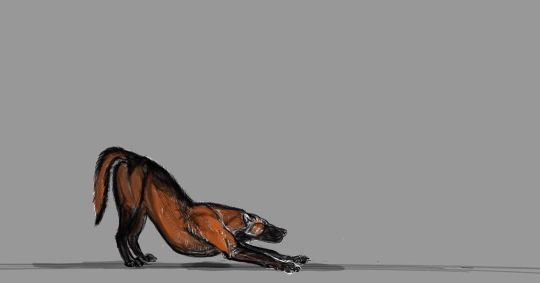


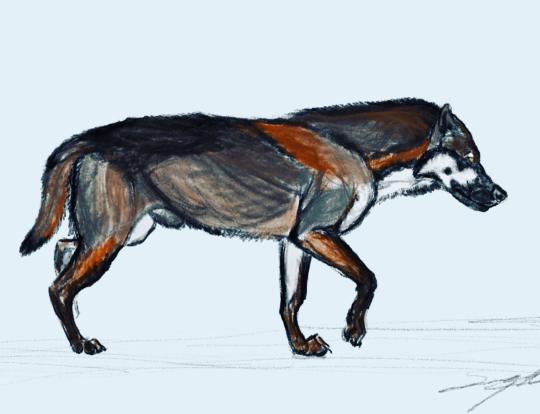
Aenocyon dirus (dire wolf, formerly “Canis dirus”) artwork by Sergei Marjeevski
Smerjeevski on DA, Sergei Marjeevski on Facebook, sergeimarjeevski on IG
7 notes
·
View notes
Text
Good morning. 🌤️🌥️🌦️
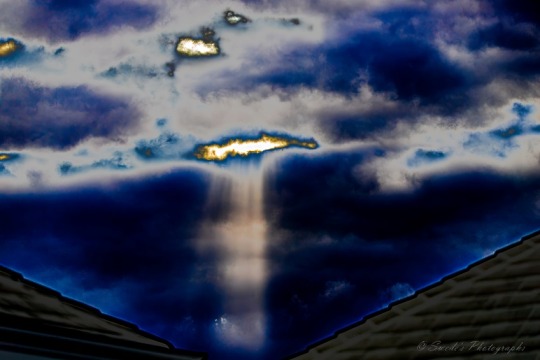
16 February 2024
I left our bedroom door open last night, so when I opened my eyes, guess who was staring me in the face? You got it, Charlie. I thought he had been sitting there patiently waiting for me to wake up, but my wife told me that he had bumped the bed to wake me.
Did you know that dogs and wolves are the same species? I didn't until a few days ago. I should have but I assumed that they were closely related specie that sometimes cross breed. But nope, they're the same. Dogs though are different subspecies Domestic dogs are "Canis lupus familiars." While there are numerous subspecies of the grey wolf, one is the Artic Wolf (Canis lupus arctos). So … when I call Ben a Dire Wolf, I'm not that far off. :) Or am I? Dire Wolf (Aenocyon dirus).
“Dogs are awesome. They don't care if you're clever or not; they just like to hang out with you” - Bella Osborne, The Library
4 notes
·
View notes
Text
Perhaps I am stupid but I can't figure out why the Honshu wolf is under canis lupus. It's not descended from canis lupus. It's descended from the dire wolf which is split from a grey wolf ancestor. They're closer to foxes and even jackals. Dire wolves aren't even canis at all. They're canidae sure but their name is aenocyon dirus. So if the honshu wolf is descended from the dire wolf which is not canis when why is the Honshu wolf classed as canis let alone lupus? Shouldn't it be like. Aenocyon hodophilax or something? I don't get it. I don't know biology but that sounds wrong to me
5 notes
·
View notes
Text
Okay so back in 3rd edition/3.5 of D&D, there were monster ‘templates’ you’d apply to a character with class levels, or another monster, in order to make them a bit different and/or more powerful. Among these templates were ‘vampire,’ ‘celestial,’ ‘fiendish,’ ‘dire,’ ‘zombie,’ etc. So you could fight wolves at level 2, then dire wolves at level 4, for example.
And you could stack them, too. So you could be fighting, for example, an overlarge wolf (also covered in bone spikes because d&d ‘dire’ has nothing to do with aenocyon dirus other than the extremely base level common understanding that they’re ‘big’ wolves) that happened to be from one of the Nine Hells would be a fiendish dire wolf. Makes you wonder a bit about the ecosystem of Avernus, but whatever.
Anyhow this became something of a meme among the players; the go-to joke encounter being a fiendish dire weasel.
Years pass. Editions come and go. I eventually get an invite to start playing 5e, and need to come up with a character. I don’t feel like messing around with too many powers since I’m new to the edition, so I figure I’ll go something basic- fighter or barbarian. Barbarian is the more interesting of the two to me, so I pick that, but I don’t want to go the typical viking route, especially. Instead I think back to like, proto-indo-europeans and decide my guy will be some kind of steppe nomad who worships ‘earth mother’ and ‘sky father’. Well, steppe nomads are all fun, but the most fun are the Mongols of course, so a lot of his culture is inspired by that, with a dash of Turkic thrown in for certain words.
So far so good, but I also need him to have a reason to be an adventurer, and want there to be some edge to the character- not a lot, just a bit -so decide he’s an exile. The logical reason for that being his barbarian rage- steppe nomads fight with shortbows from horseback; a big STR based maniac doesn’t fit well to start with, and if, say, he got too mad and killed someone in what was supposed to be a friendly brawl... yeah, now I’m on to something.
Still, I’ve already decided his mother was the clan’s shaman, so he’s got some social clout and there needs to be a reason the clan resented or feared him, and it can’t be his personality since I want him to be a fundamentally good noodle. Oh! Tiefling!
And so was born Altanin the Unbreakable, who I did not realize until months later was, in the terminology of previous editions of D&D, a Fiendish Dire Mongol
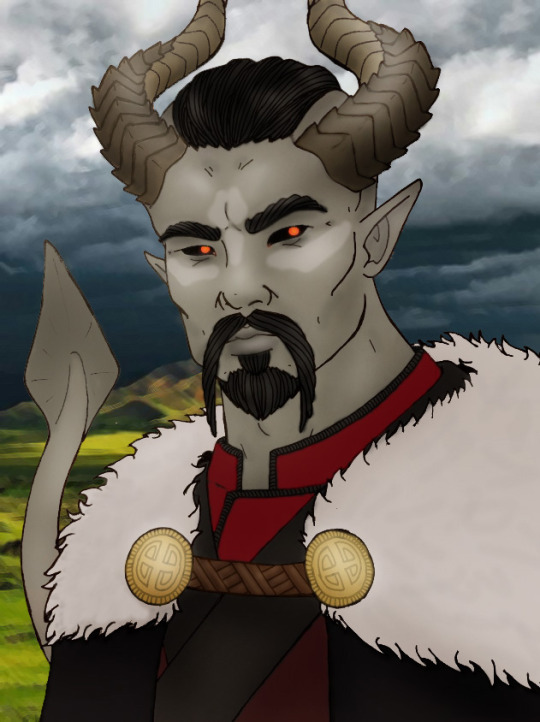
#Jake plays Dungeons and Dragons#Jake's dumb characters#Altanin the Unbreakable#fiendish dire mongol
15 notes
·
View notes